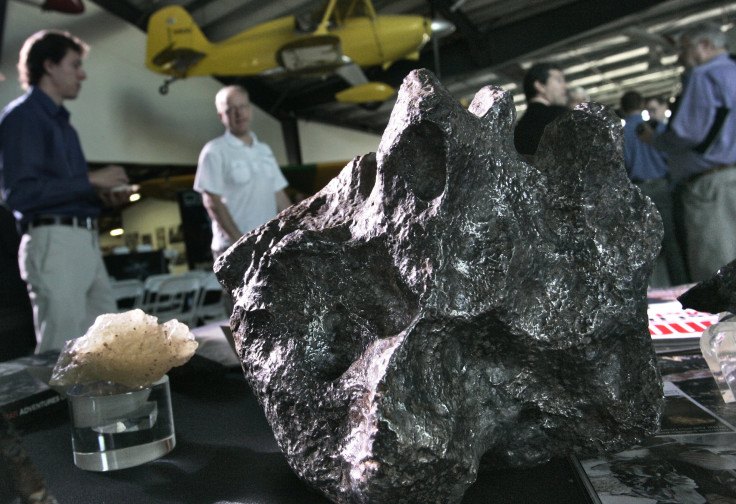Is The World Coming To An End? Asteroids Are Flying Past Earth More Often Than Usual [VIDEO]

Space rocks appear to be taking aim at Earth. The fourth asteroid this year buzzed the Earth about midday Thursday, passing between the Earth and moon.
It wasn’t quite as close as the one in September that missed us by just 24,000 miles, nearly as close as some geosynchronous satellites, or Sunday’s visitor, which passed within 32,200 miles. The latter, which was just 19 feet wide, wasn’t spotted until a few hours before it flew past.
Asteroid 2017 BS32, which was first spotted Monday by astronomers from the Panoramic Survey Telescope & Rapid Response System, was about 100,000 miles out when it made its pass. It measures 36-by-82 feet — about the size of a bus — and when it made its flyby at 3:23 p.m. EST, it was traveling more than 25,000 mph. The asteroid was 60 percent closer to Earth than the moon, which, on average, is 239,000 miles away.
Paul Cox of the Slooh observatory said the recent blitz of tiny planetoids could indicate they’re pieces of a bigger planet that has broken up.
"However, when we reviewed the orbits of each of the asteroids, we found no correlation between them — showing clearly they weren't associated in any way," he said in an email to CNet.
"So we were certainly left with the opinion that these small clusters are purely coincidental. Having said that, they still surprise us when we see them."
If you missed our coverage of #Asteroid #2017BS32 we've got all the details for you here, and see it for yourself, https://t.co/B1xvEo1gw0 pic.twitter.com/8ZISxb4Yvb
— Slooh (@Slooh) February 2, 2017
Actually 2017 BS32 was one of three asteroids to breeze past Thursday but the other two were much further out, NASA said. One of them, with a diameter of 43 feet, was 1.3 million miles out and the other, 49 feet in diameter, was 2.5 million miles away.
A 44-foot asteroid is expected to pass within 2.7 million miles Friday, and a 15-foot visitor is expected to pass within 592,000 miles Sunday, the Jet Propulsion Laboratory said.
Asteroids rarely collide with Earth, but when they have, remote parts of Russia seem to have attracted them. The last space rock to make major entrance was the one that exploded over Chelyabinsk in February 2013. It released energy comparable to an atomic bomb.
The Chicxulub crater off the Yucatan Peninsula in Mexico is believed to have been caused by an asteroid 66 million years ago, leading to the extinction of the dinosaurs.
© Copyright IBTimes 2024. All rights reserved.












